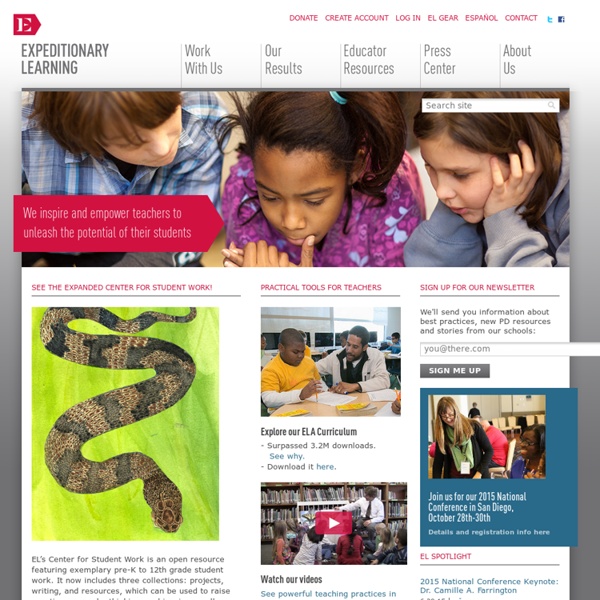



Virtual Teacher Australian History Trove Pictures of Australia Take a look at the Picture Australia site. This site will not be officially lauched for a while yet. I provides a single point of access to over 450,000 digitised images from pictorial collections of many leading cultural heritage institutions. It's a fantastic resource. Bushrangers The Ned Kelly Gang Would you like to learn what errors there are in the information you may have read about the Kelly gang? Not Just Ned From the National Museum of australia. Australian Explorers Project Gutenberg - Australia This site is very comprehensive with many links and covers, a lot of primary source material for download. eBooks and excerpts - quite delightful. Convicts Port Arthur Convict Site. Convict Central an interesting resource where you can research your convict past. in London. Claytons Convicts Fill in this dialogue box and makeup your own convict history. First Fleet Welcome to the unwonderful world of kids, crims, and other convict capers. Gold War
OER Commons Walker Books Classroom — A helping hand for teachers and librarians Out of Print | Priorities | SETDA The benefits of digital content for student learning are many. Digital content can easily be kept up to date and relevant to students’ lives without the cost of reprinting or redistributing print materials. It can be made available anytime and anywhere, both online and offline, accessible when the student, teacher or parent needs it, whether from home, school, or another location. Out of Print makes the case for the digital difference and how digital content can positively affect student learning and engagement, make accommodations for special learning needs, provide unbundled search and discovery, and provide support for personalized learning.
Project Gutenberg Australia What is global education? The heart of global education is enabling young people to participate in shaping a better, shared future for the world. Global education emphasises the unity and interdependence of human society, developing a sense of self and appreciation of cultural diversity, affirmation of social justice and human rights, as well as building peace and actions for a sustainable future in different times and places. Global education promotes positive values and assists students to take responsibility for their actions and to see themselves as global citizens who can contribute to a more peaceful, just and sustainable world. Australian global educators place particular emphasis on developing relationships with our neighbours in the Asia–Pacific and Indian Ocean regions. Global Perspectives, A framework for global education in Australian schools is a concise, practical and philosophical guide to including a global perspective across the curriculum.
SparkleBox Learning Liftoff - Free Parenting, Education, and Homeschooling Articles and Games NZ Curriculum Online Teaching as inquiry is a fundamental part of ensuring success for all the students in your class. Here you will find ideas, resources and tools to support your inquiry journey, as well as school stories to help provide inspiration and promote discussion. This resource is presented in a way that will suit you if you are new to the inquiry process, or if you have experienced it before. The resource gives you the option to look at what is most relevant to you, revisit for more information, and be challenged by new ideas. Teaching as inquiry-FAQsThis supporting blog post takes a closer look at teaching as inquiry, answering five commonly asked questions. "The success or failure of my students is about what I do. John Hattie Before you start An introductory look at the value and potential effects of teaching as inquiry as well as suggested frameworks and ways to begin.
Open Culture Home Where to Find Good Educational Videos There’s a right and a wrong way to use videos in the classroom. Not all videos are primed for instructional use, and not all instruction lends itself to video. However, pairing a great video with the tools students need to engage with it can lead to a deeper understanding of or alternate perspective on what’s being taught. Check out the September Education Update article “Showing Videos in the Classroom: What’s the Purpose?” Once you have identified the criteria to look for, there are tons of places to find both instructional and supplemental videos on whatever topic you’re teaching. General Topics History/Current Events AdViews: Dive into the past with Duke University’s historical collection of TV commercials from the 1950s to the 1980s.CNN Student News: Keep your classroom informed with this daily 10-minute (commercial-free) news program for middle and high school students. Science Art/Making